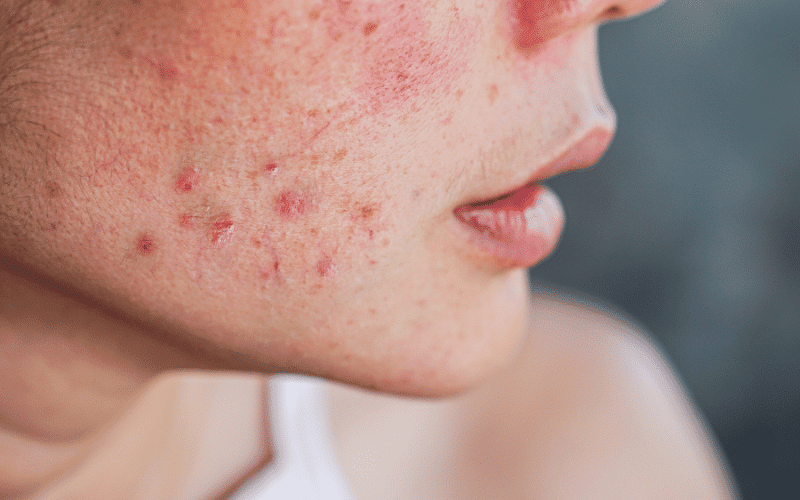3. Skin Rashes: The Visible Markers of Lupus

Skin rashes are another common and often visible sign of systemic lupus erythematosus. The most characteristic rash associated with SLE is the malar rash, also known as the “butterfly rash,” which appears on the cheeks and bridge of the nose.
This rash typically has a reddish-purple hue and can be flat or raised, with a sharp border that distinguishes it from the surrounding healthy skin. The malar rash is often photosensitive, meaning it can worsen with exposure to sunlight.
Other types of rashes that can develop in SLE patients include discoid rashes, which are round, raised, scaly lesions that typically appear on the scalp, face, or ears. These rashes can cause scarring and permanent hair loss in some cases. Photosensitive rashes, which worsen with exposure to sunlight, can also occur on other parts of the body, such as the arms, legs, or torso.
These skin manifestations occur due to the inflammation and damage to the skin’s blood vessels caused by the autoimmune response in SLE. The immune system produces autoantibodies that attack healthy skin cells and blood vessels, leading to inflammation, redness, and the formation of rashes.
Proper management of skin-related lupus symptoms is essential to prevent complications and maintain overall skin health. Sun protection is crucial for individuals with SLE, as exposure to ultraviolet (UV) light can trigger or worsen rashes. This includes wearing broad-spectrum sunscreen with an SPF of 30 or higher, protective clothing, and wide-brimmed hats when outdoors.
Consulting with a dermatologist is important for individuals with SLE who experience skin rashes. Topical treatments, such as corticosteroid creams or ointments, may be prescribed to reduce inflammation and alleviate symptoms. In more severe cases, oral medications, such as antimalarial drugs or immunosuppressive agents, may be recommended to manage skin symptoms and prevent further damage. (3)